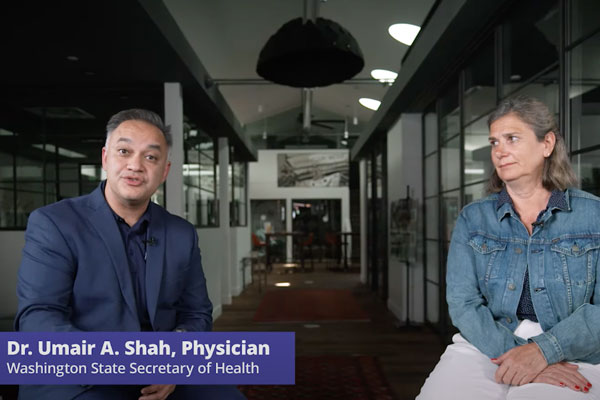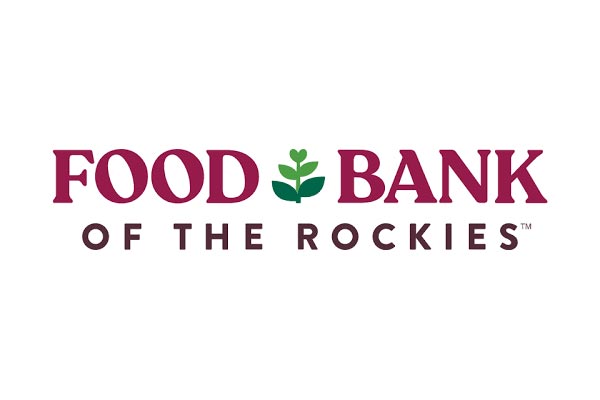We are a socially conscious, independent and integrated marketing communications agency driven to work with like-minded companies that are making a lasting impact with their brand, their employees and their consumers.
Work
We create meaningful and authentic connections that inspire positive change for the greater good.
Giving back with the Get Grounded Foundation
Expertise
We blend traditional public relations with modern marketing methods to solve complex business challenges.
TheP.O.V.
Our perspective on solving complex problems with creative communications strategies.

















